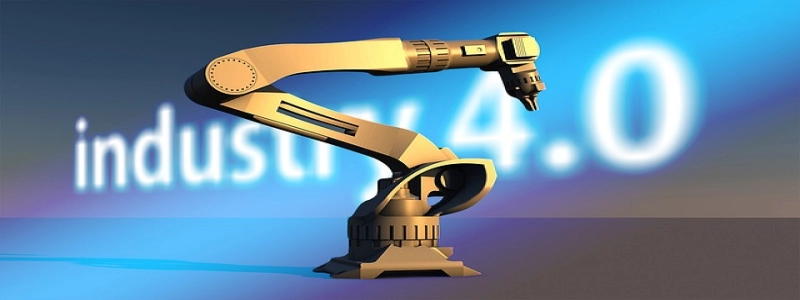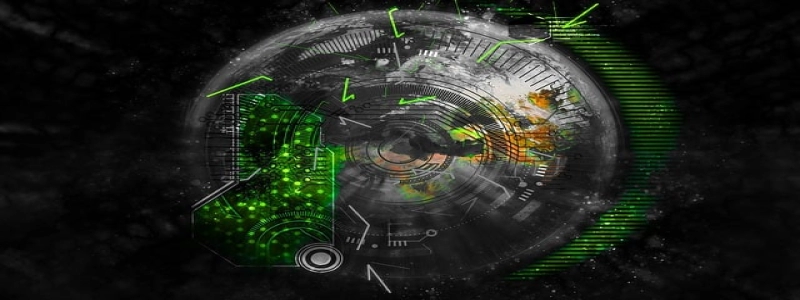Laser Diode vs LED
Введение
In the world of optoelectronics, two widely used semiconductor devices, laser diodes (LD) and light-emitting diodes (ВЕЛ), play essential roles in various applications. Although both LDs and LEDs are capable of emitting light, they differ significantly in terms of functionality, operating principle, и приложения. This article aims to compare and contrast laser diodes with LED in detail, shedding light on their distinct features and applications.
1. Operating Principle
1.1 Лазерный диод
A laser diode operates based on stimulated emission, a process in which photons are emitted due to the interaction between a stimulated electron and an excited electron in the semiconductor material. This process creates a coherent and monochromatic light beam with a narrow spectral width.
1.2 Light-Emitting Diode
С другой стороны, an LED operates on electroluminescence, where light is emitted when electrons and holes recombine in a semiconductor material. Unlike laser diodes, LEDs produce non-coherent and incoherent light with a broader spectral width.
2. Light Output
2.1 Лазерный диод
Laser diodes emit highly concentrated and focused light. The light beam produced by a laser diode is coherent, meaning that the light waves are in phase and have a single wavelength. This coherent light allows laser diodes to be utilized in applications requiring precise focusing and intense light concentration.
2.2 Light-Emitting Diode
LEDs emit diffused light, which is non-coherent and lacks the intense focusing capabilities of laser diodes. Однако, LEDs are capable of generating light in various colors, включая красный, зеленый, синий, and even ultraviolet, making them versatile for different lighting applications.
3. Приложения
3.1 Лазерный диод
Due to their coherent and intense light output, laser diodes find applications in fields such as telecommunications, laser printing, laser pointers, сканеры штрих-кода, optical data storage, and even medical surgery.
3.2 Light-Emitting Diode
LEDs have a wide range of applications, including lighting (indoor, outdoor, architectural), backlighting displays, automotive lighting, traffic signals, digital signage, electronic appliances, and horticultural lighting. Кроме того, LEDs are extensively used in optical communication systems as light sources.
4. Эффективность
4.1 Лазерный диод
Laser diodes are known for their high energy efficiency, converting a significant percentage of input energy into light output. This efficiency is essential in applications where power consumption and heat dissipation are critical concerns.
4.2 Light-Emitting Diode
LEDs are also energy-efficient devices, but their efficiency can vary depending on factors such as operating current and temperature. В общем, LEDs have a higher overall efficiency compared to traditional incandescent and fluorescent lights.
Заключение
В итоге, laser diodes and light-emitting diodes are both semiconductor devices capable of emitting light. Laser diodes generate coherent and intense light, making them suitable for focused and precise applications. С другой стороны, LEDs produce diffused light in various colors and find extensive usage in lighting and display applications. Both laser diodes and LEDs offer distinct advantages and are crucial components in various industries, contributing to advancements in technology and lighting solutions.








